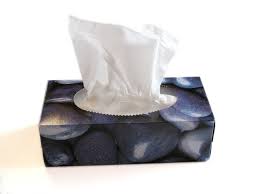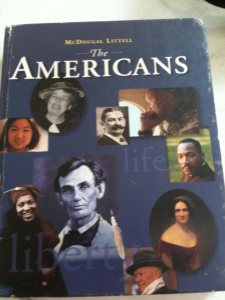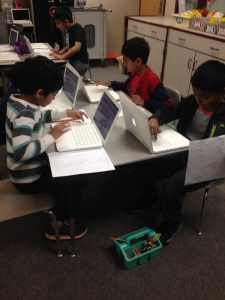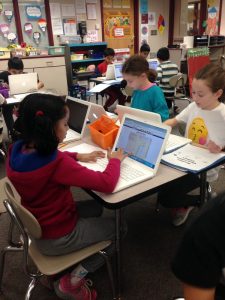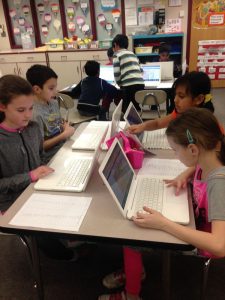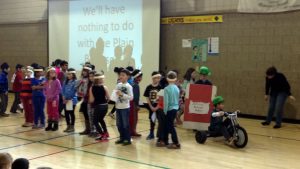Posted by kavery508 | Posted in Uncategorized | Posted on March 27, 2017
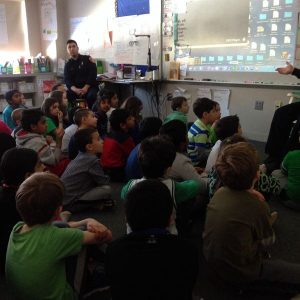 Students were treated to lessons in fire safety and prevention last week! Shrewsbury firefighters were on hand, engaging kids through video and equipment demonstrations. We learned what to do and what not to do in various situations involving fire at home. Besides monitoring smoke alarms and carbon monoxide detectors, one of the best ways to improve safety for families is to have a plan in place that includes 2 ways out of the house and a meeting place where the family should gather in case anyone gets separated. This is a good time to start or review your plan! Our thanks go out to Shrewsbury’s finest for their work with the kids on Friday and everyday.
Students were treated to lessons in fire safety and prevention last week! Shrewsbury firefighters were on hand, engaging kids through video and equipment demonstrations. We learned what to do and what not to do in various situations involving fire at home. Besides monitoring smoke alarms and carbon monoxide detectors, one of the best ways to improve safety for families is to have a plan in place that includes 2 ways out of the house and a meeting place where the family should gather in case anyone gets separated. This is a good time to start or review your plan! Our thanks go out to Shrewsbury’s finest for their work with the kids on Friday and everyday.

Our poetry work has led to great things! Here are some excerpts of in-class poetry from 1) Teagan, on “The Beach” 2) TJ, on “Football”. Notice their use of careful word choice, metaphor, tone, and imagery: 1) Seashells on the warm sand/Warm sun like a blanket on my back/The fresh sea water smell tickling my nose./Dolphins jumping out of the water/And seagulls shaking with joy because they got the last french fry. 2) Ball flying overhead/Peddling cleats all around you/reaching out/and in your hands you have an oval ball./Coaches yelling left and right/jumping over monstrous players/Running, running, running…Touchdown!
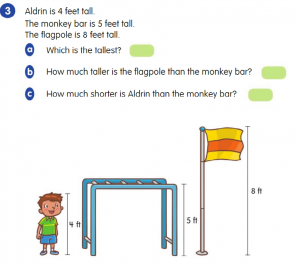
Our next math topic for exploration involves standard units of measurement. Students will engage in hands-on activities to develop a sense of how big one foot and one inch are. They will learn to compare heights and lengths in standard units, and use their knowledge to solve real-world problems about measurement. Consider the picture above. Notice how it encompasses all three big ideas? Now think: how would you find the answers using bar models as well? There are vocabulary and picture resources added to math homework folders to help at home.
 We applied our knowledge of natural & cultural features while researching maps of Japan this week, all while learning about Japan’s tradition of celebrating spring with cherry blossom festivals!
We applied our knowledge of natural & cultural features while researching maps of Japan this week, all while learning about Japan’s tradition of celebrating spring with cherry blossom festivals!
 In science, students were introduced to the properties of solid objects, including scientific vocabulary of classification (rigid; flexible; pointed; opaque; translucent; etc.). They will apply these ideas next week as they work to design hats using a variety of materials and based on their properties (absorbent, soft, etc.). Here’s us testing the materials in the research phase of our project:
In science, students were introduced to the properties of solid objects, including scientific vocabulary of classification (rigid; flexible; pointed; opaque; translucent; etc.). They will apply these ideas next week as they work to design hats using a variety of materials and based on their properties (absorbent, soft, etc.). Here’s us testing the materials in the research phase of our project:

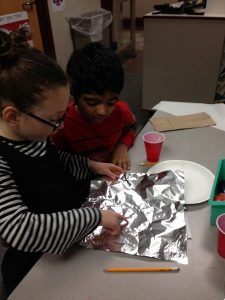
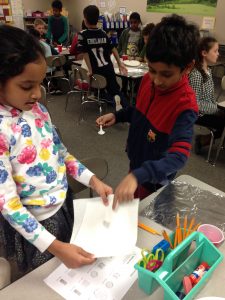
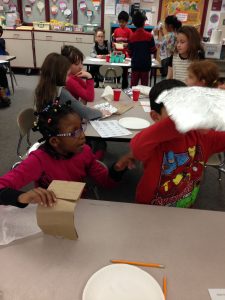

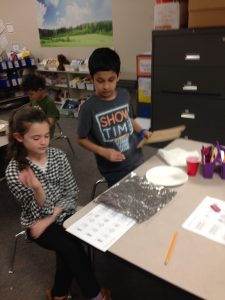
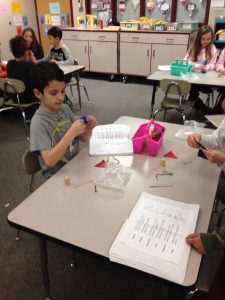


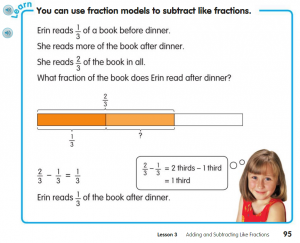
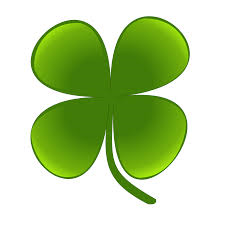 Luck o’ the Irish? There’s just 13 weeks left in the school year! We’ll start this one by flexing our map skills as we explore directionality and landforms related to the Emerald Isle, share Irish folk tales and music, and more. For some fun sharing of Irish culture, check out:
Luck o’ the Irish? There’s just 13 weeks left in the school year! We’ll start this one by flexing our map skills as we explore directionality and landforms related to the Emerald Isle, share Irish folk tales and music, and more. For some fun sharing of Irish culture, check out: 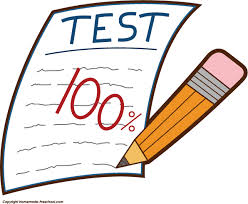
 In our final trimester, students will engage in short, skills-based math units on topics such as telling time, measuring in inches/feet, graphing, and more. We begin by learning fractions: what they are; how to name them; how to compare them, and how to add fractions with similar denominators. What’s important, according to the Common Core, is that students gain an understanding of what fractions mean and become fluent using halves, thirds, and fourths. Consider the example below. Notice how it encourages students to think about what fractions are and about their relative sizes. This picture and many more can be found in the Student Book accessible via the Math in Focus link above (Book B; Chapter 12). As always, hit me with any questions!
In our final trimester, students will engage in short, skills-based math units on topics such as telling time, measuring in inches/feet, graphing, and more. We begin by learning fractions: what they are; how to name them; how to compare them, and how to add fractions with similar denominators. What’s important, according to the Common Core, is that students gain an understanding of what fractions mean and become fluent using halves, thirds, and fourths. Consider the example below. Notice how it encourages students to think about what fractions are and about their relative sizes. This picture and many more can be found in the Student Book accessible via the Math in Focus link above (Book B; Chapter 12). As always, hit me with any questions!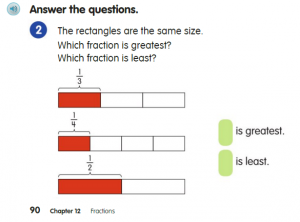
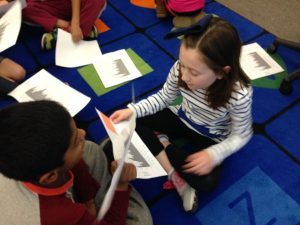
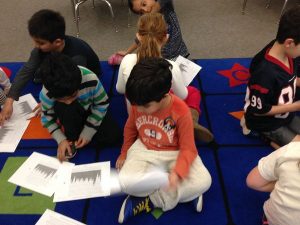
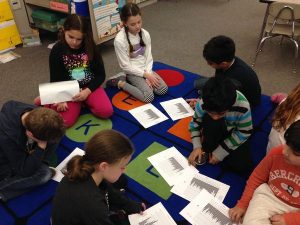
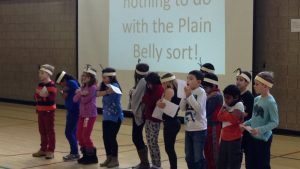
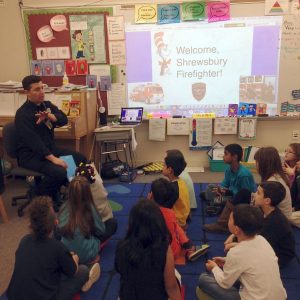 On Friday, we were treated to a visit from Shrewsbury’s own Firefighter Vincequere. Mr. Vincequere read aloud And to Think That I saw it On Mulberry St, and shared with students the impactful ways reading affects his personal and professional life. A big thanks to him for being a great model for our kids!
On Friday, we were treated to a visit from Shrewsbury’s own Firefighter Vincequere. Mr. Vincequere read aloud And to Think That I saw it On Mulberry St, and shared with students the impactful ways reading affects his personal and professional life. A big thanks to him for being a great model for our kids!